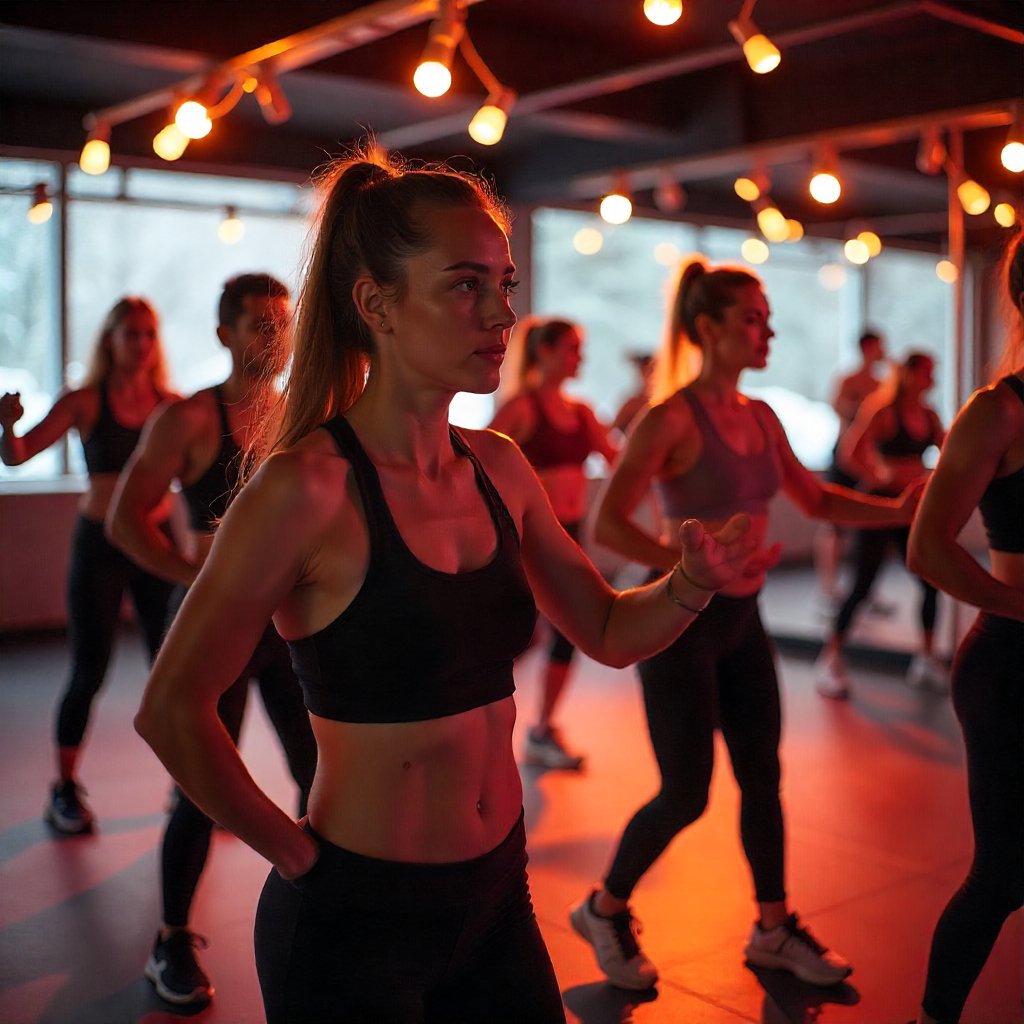The fitness industry stands at a crossroads of rapid evolution, where advancements in training methods, blending of cultural influences, and broader societal changes are creating fertile ground for innovation. As more people prioritize health and wellness, operators and enthusiasts alike are adapting to these shifts, fostering environments that not only build physical strength but also nurture communities and long-term vitality. This article delves into seven transformative trends, highlighting how they pave the way for expanded access, enhanced experiences, and sustainable growth in fitness.
Dynamic training innovations, cultural convergences, and societal shifts are primed to transform the fitness industry, opening up exciting new growth opportunities. Here are 7 key trends shaping fitness. These trends reflect a sector rebounding with vigor, driven by increased participation across demographics and a focus on holistic well-being. From optimizing facility usage to embracing new health paradigms, the fitness landscape is becoming more inclusive and dynamic, appealing to a wider audience seeking meaningful, effective ways to stay active.

1. Accelerating Industry Expansion
The fitness sector is poised for substantial growth, with operators anticipating rises in memberships and revenues. This optimism stems from a broad recovery, where clubs and studios are seeing higher engagement levels. Forecasts indicate a steady annual increase in global club memberships, underscoring the industry’s resilience. Younger generations, particularly Gen Z and Millennials, are leading this surge, favoring gym-floor workouts, personal training, and group sessions. This demographic shift emphasizes the need for facilities to cater to diverse preferences, ensuring programs that blend strength, cardio, and community-building elements to retain and attract members.
2. Optimizing Facility Capacity
As gyms become busier due to heightened attendance, managing footfall efficiently is crucial. Operators are redirecting members toward high-capacity areas like studios to alleviate congestion on the gym floor. This strategy not only maximizes space but also boosts retention by fostering communities through group classes. Instructors play a pivotal role here, facilitating connections among participants, which strengthens loyalty. By prioritizing studio-based activities, clubs can serve more individuals simultaneously, creating vibrant, social environments that enhance the overall member experience and encourage regular visits.
3. Embracing Ageless Fitness
Traditional age-based demographics are giving way to a more fluid approach, recognizing that people are staying active longer. Demand for healthy aging services is on the rise, with consumers seeking preventative and restorative fitness solutions. Programs tailored to biological rather than chronological age are emerging, such as low-intensity workouts focused on lower body strength to maintain mobility and independence. This trend taps into a prosperous group eager to extend their healthspan, prompting operators to develop inclusive offerings that support longevity without age-specific labeling. Such innovations ensure fitness remains accessible, addressing deconditioning from various life circumstances.
4. Turning Challenges into Opportunities
Emerging health interventions, like weight loss medications, are often viewed as threats but present significant prospects for the industry. Research shows these treatments can lead to muscle loss alongside fat reduction, highlighting the importance of strength training for maintenance. Forward-thinking clubs are integrating specialized programs to help users preserve muscle mass, positioning gyms as essential partners in comprehensive health journeys. This proactive stance transforms potential disruptions into avenues for growth, emphasizing exercise’s multifaceted benefits beyond aesthetics, such as improved mental well-being and overall vitality.
5. Prioritizing Women’s Health
The spotlight on women’s health is intensifying, with offerings designed to support reproductive cycles, hormonal balance, and perimenopause management. Negative impacts from menstruation on training are widespread, prompting calls for cycle-tracking resources and optimized workouts. Organizations and operators are leading this charge, developing holistic approaches that address both physical and mental aspects. This shift not only empowers women but also broadens the industry’s appeal, creating supportive environments where female participants can thrive. Expect more specialized classes and tools to emerge, fostering greater participation and satisfaction among this key demographic.
6. Reviving Circuit Training
Circuit-based workouts, combining strength and cardio, are experiencing a resurgence, drawing from the popularity of boutique studios and competitive events. These functional sessions offer thrilling, efficient training that appeals to those seeking variety and results. Operators are expanding such formats into studios and gym floors, enhancing energy and engagement. This trend builds on historical successes, attracting larger groups and promoting accessibility for newcomers while challenging seasoned fitness enthusiasts. The blend of intensity and community makes circuits a staple for modern facilities aiming to diversify their timetables.
7. Fitness as a Social Celebration
The intersection of fitness and festival culture is booming, blending workouts with music, community, and entertainment for immersive experiences. These events go beyond exercise, emphasizing connection and joy in health-focused settings. Rave-inspired gatherings are gaining traction, providing dynamic spaces for social interaction and movement. As traditional nightlife venues fade, gyms are stepping in as hubs for young people to bond over shared activities. This cultural fusion attracts diverse crowds, boosting participation and creating memorable, motivational fitness journeys that extend the appeal of physical activity.
These trends illustrate a fitness industry that’s adaptive and forward-looking, leveraging innovations to meet evolving needs. By embracing them, operators can cultivate thriving communities, while individuals gain more personalized, enjoyable paths to wellness. The convergence of technology, culture, and societal priorities ensures the sector remains vibrant, inclusive, and primed for ongoing success.








